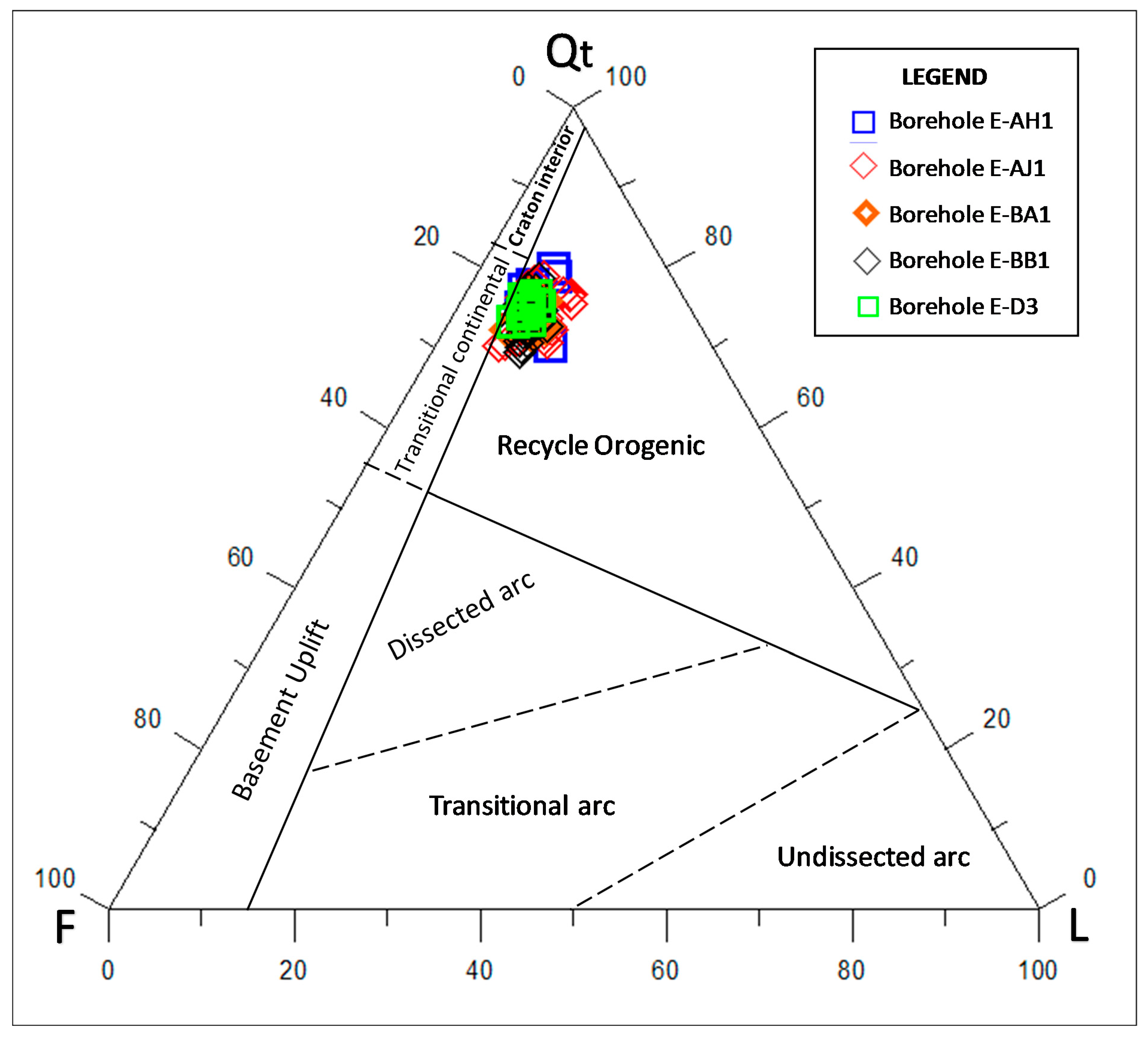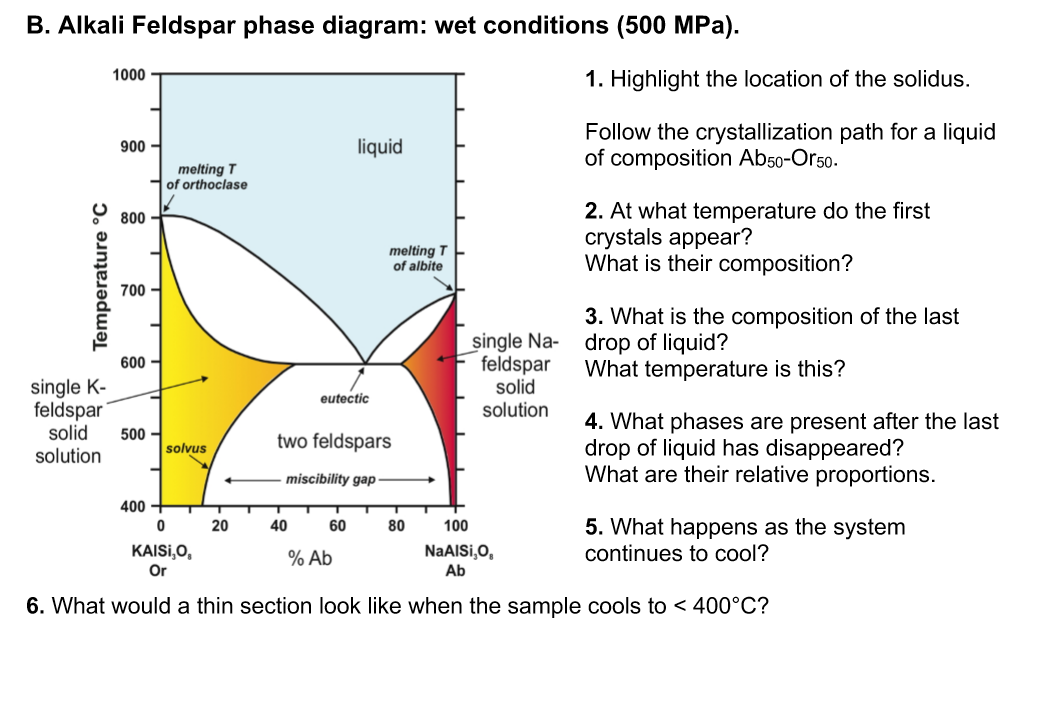


Which feldspars can affect cloud glaciation depend on the transported The measurements generally imply that temperatures at Long-range transport can affect cloud properties via immersion freezing farĪway from the source. This suggests that small microcline particles that are susceptible to Particles which is unique for heterogeneous ice nucleation of mineral dusts. In particular, microcline exhibited immersion freezing even for 50 nm The size dependence varies for different feldspar samples. A pronounced size dependence of ice nucleationĪctivity for the feldspar samples is observed, with the activity of smaller-sized particles scaling with surface area or being even higher compared to Them for their ice nucleation efficiency according to the abundance of

TheĪnalysis revealed a correlation of trace metal abundance with medianįreezing temperatures ( T 50) of the K-feldspar samples allowing us to sort Metal oxide and trace elemental composition of the feldspar samples. X-ray fluorescence spectroscopy analysis was conducted to determine Leave a chemical fingerprint with varying abundance of trace elements in the The conditions of feldspar rock formation also Ice nucleation ability of disordered triclinic Na∕Ca-feldspar is comparable Polymorphs orthoclase and sanidine nucleate ice at lower temperatures. Microcline, while the intermediate and disordered monoclinic K-feldspar Amongst the samples investigated, ice nucleation is mostĮfficient on the crystallographically ordered, triclinic K-feldspar species Properties characteristic of low-temperature feldspar formation coincide with an increased ability to The properties mentioned are related to the temperature of feldsparĬrystallization from the magma during formation. Their differences in typical feldspar properties such as crystal structure,īulk and trace elemental composition, and ordering of the crystal lattice. Immersion mode consistent with previous findings. Microcline was found to be the most active INP in the Sanidine) and four plagioclase samples (three labradorites and a pericline Polymorph members of K-feldspar (two microclines, orthoclase, adularia and Size-selected feldspar particles from 50 to 800 nm and their ability to actĪs ice-nucleating particles (INPs) in the immersion mode is presented. The relation between the mineralogical characteristics of


 0 kommentar(er)
0 kommentar(er)
